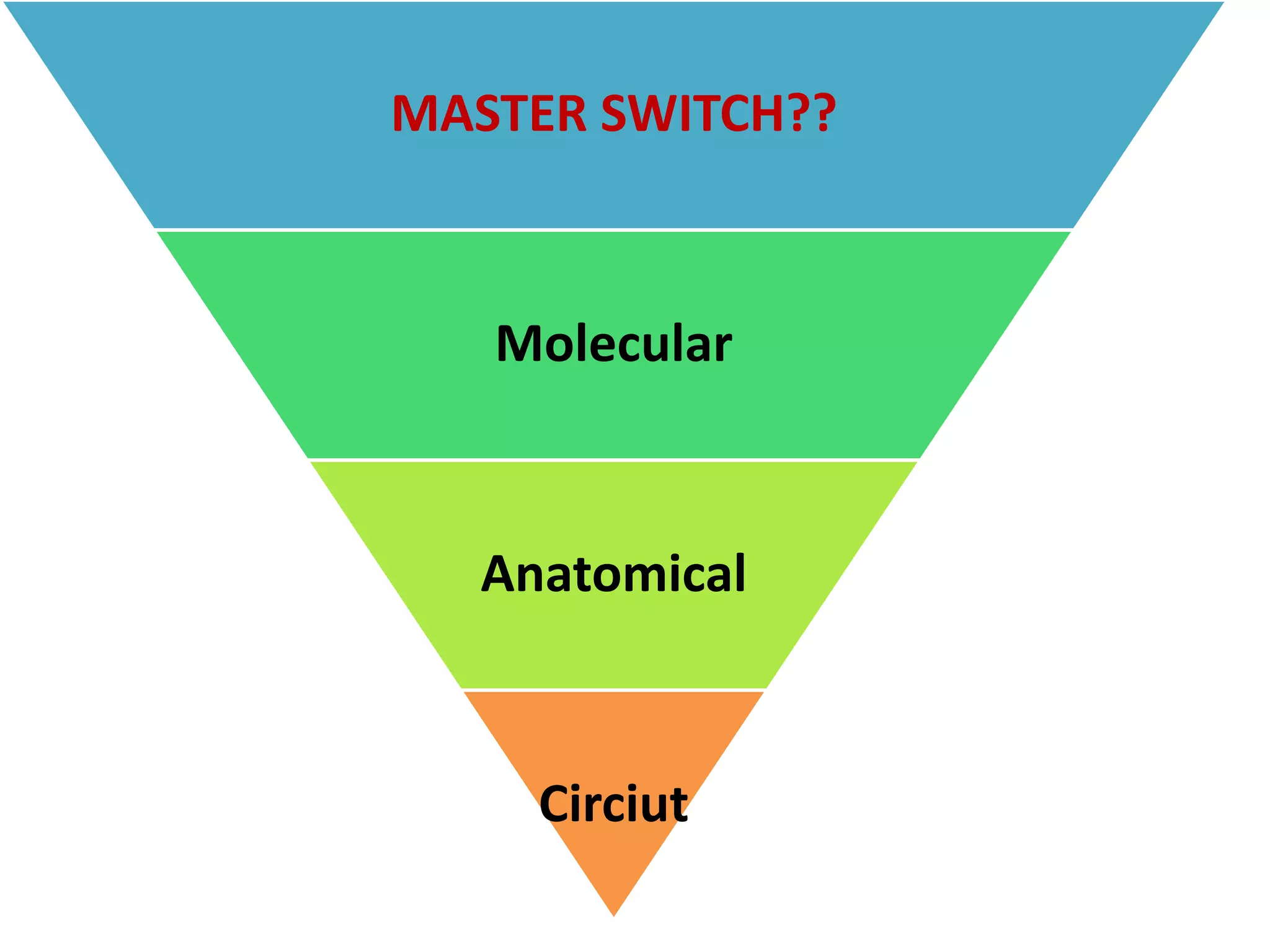The document presents an overview of epilepsy, including its basic concepts, classification, diagnosis, and treatment strategies. It outlines the definitions and processes involved in epileptogenesis, statistics on incidence and prevalence, as well as diagnostic criteria to distinguish between epileptic and non-epileptic seizures. Additionally, it highlights the importance of various diagnostic tools, such as EEG and neuroimaging, in identifying seizure types and determining appropriate therapeutic approaches.











































































































































![AED Common AEs Severe AEs
LCS
Insomnia, somnolence, depression, suicidal ideation,
behavioural problems, blurred vision, tics, nausea,
haematological abnormalities.
No
PER
Dizziness, nausea, somnolence, fatigue, irritability,
headachea
No
RTG
Dizziness, somnolence, headache, fatigue, confusional
state, dysarthria, ataxia, blurred vision, tremor, nausea,
urinary tract infectionsa [95]
Suicidal ideationa [95]
RUF
Ashenia, somnolence, dizziness, diplopia, headache,
nausea, vomiting, anorexia, rash
No
STM Somnolence, vomiting, restlessness, anorexia No
STP
Insomnia, somnolence, aphasia, dysarthria, behavioural
problems, ataxia, tremor, diplopia, headache, abdominal No
Considerations in Choosing AEDs](https://image.slidesharecdn.com/epilepsyoverview-181221132203/75/Epilepsy-overview-140-2048.jpg)















